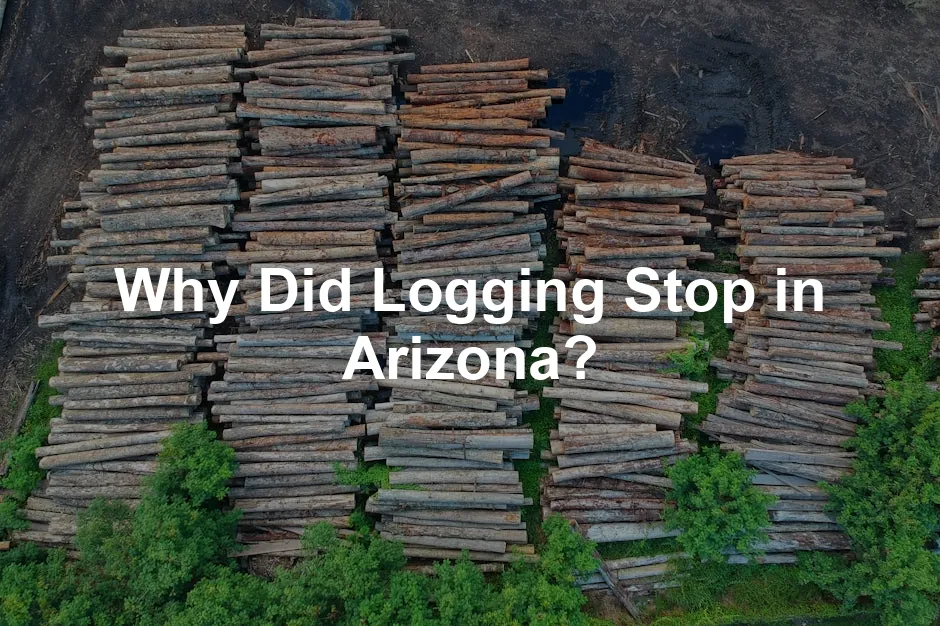
Why Did Logging Stop in Arizona?
Introduction
Logging in Arizona was once a thriving industry, deeply intertwined with the state’s economy and ecology. However, over the past few decades, this vibrant sector has seen a dramatic decline. What caused this shift? Was it environmental concerns, legal battles, or economic pressures? In this blog post, we will explore the myriad reasons behind the cessation of logging in Arizona, unearthing the complex interplay of conservation, community, and climate. Join us as we navigate this intricate landscape, from the timber wars of the 1980s to the current state of Arizona’s forests.
Speaking of navigating the landscape, if you’re planning to venture out into the wilds of Arizona, don’t forget to pack a quality Hiking Backpack. It’s like your trusty sidekick for all your outdoor adventures, making sure you carry everything you need without feeling like a pack mule!

Summary of Key Points
– Historical Context: Logging was a dominant industry in Arizona from the 1870s until the 1980s, but faced a major downturn due to environmental activism and legal challenges.
– Environmental Concerns: Increasing awareness of ecological damage led to stricter regulations protecting vulnerable species and forests.
– Economic Challenges: The decline of sawmills and increased competition from other regions made logging less viable economically.
– Fire Management Policies: Shifts in forest management strategies focused on thinning and prescribed burns to prevent catastrophic wildfires, reducing reliance on logging.
– Current Restoration Initiatives: Programs like the Four Forest Restoration Initiative (4FRI) aim to restore forests through thinning, but face challenges due to the lack of a robust logging industry.
– Future Outlook: The potential for a resurgence in the logging industry hinges on new initiatives, community involvement, and balancing ecological needs with economic interests.
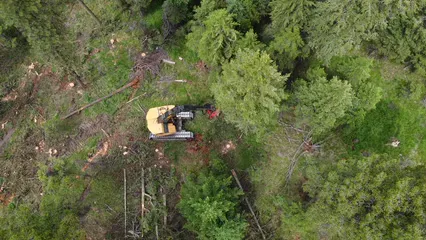
The Rise and Fall of Logging in Arizona
Logging in Arizona began around the 1870s, booming through the decades. It provided jobs and materials for local communities. The industry peaked in the mid-20th century, with sawmills dotting the landscape. But by the 1980s, this would all change. Environmental activism surged, challenging logging practices. Groups like the Sierra Club rallied to protect old-growth forests and endangered species. Legal battles ensued, leading to stricter regulations and the eventual decline of this once-thriving industry.
For those who love nature and want to bring a piece of it home, consider getting a Mexican Spotted Owl Plush Toy. It’s a cuddly reminder of the beautiful wildlife that needs our protection!

Environmental Factors Leading to the Decline
Awareness of ecological damage grew, resulting in public outcry. Laws were enacted to protect wildlife habitats. The Mexican spotted owl and northern goshawk became symbols of this fight. Logging operations faced lawsuits that ultimately halted many timber sales. Consequently, the landscape shifted from one of resource extraction to one of conservation. Increased focus on fire management also changed the game. The strategy pivoted to reducing fuel loads and preventing wildfires, leading to less reliance on traditional logging practices.
If you’re interested in bird watching and want to learn more about the avian wonders of Arizona, grab a Field Guide to the Birds of Arizona. It’s the ultimate companion for spotting and identifying the diverse birdlife that calls Arizona home!

Economic Challenges Facing the Logging Industry
The economic landscape also transformed drastically. The number of sawmills dwindled as competition arose from more cost-effective regions. Local loggers struggled to keep up. Personal stories from former loggers reveal the hardship faced by families who had relied on this industry for generations. The once-bustling small towns now saw empty storefronts and job losses. As sawmills closed, so did the communities built around them, leaving a void in both economy and culture.
To prepare for outdoor adventures and ensure you’re equipped for any situation, consider investing in some Outdoor Survival Gear. Because you never know when you might need to channel your inner Bear Grylls!
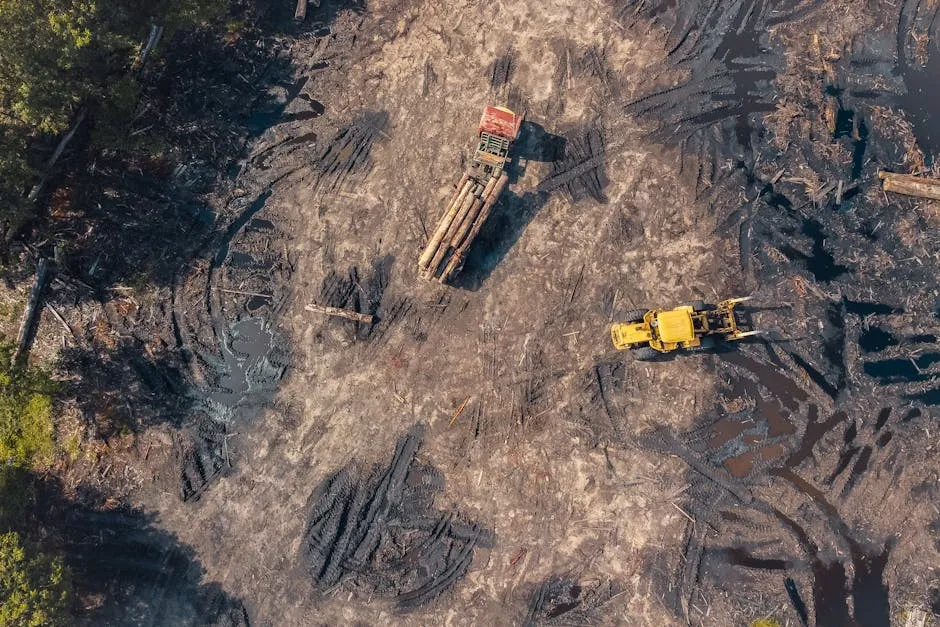
Current and Future Restoration Efforts
Amidst these challenges, initiatives like the Four Forest Restoration Initiative (4FRI) emerged. This ambitious project aims to restore millions of acres of forest. However, it faces hurdles due to the lack of an established logging industry. New partnerships are forming, but will they be enough? The future of logging in Arizona remains uncertain. Community engagement and innovative practices are essential for revitalizing this industry while maintaining ecological balance.
To aid in the restoration efforts, consider planting trees with a Ponderosa Pine Tree Seeds. It’s a small step towards a greener future, and who doesn’t love a good tree hug?
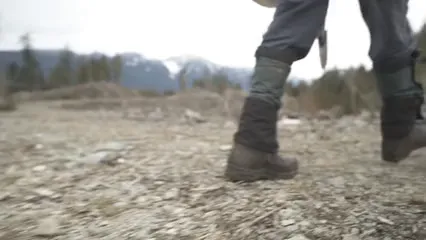
Fire Management Policies
Logging in Arizona faced a major shift due to evolving fire management policies. As wildfires became more catastrophic, forest management strategies changed. Instead of relying on logging, officials began implementing thinning and prescribed burns. These methods aim to reduce fuel loads and create healthier forests.
Historically, Arizona’s forests had a natural cycle of fire. Fires cleared underbrush, promoting new growth and maintaining ecosystem balance. However, decades of fire suppression led to overcrowded forests. This overgrowth increased the intensity of wildfires, leading to destructive blazes, like the Yarnell Hill Fire.
To combat these issues, agencies turned to thinning and prescribed burns. Thinning involves selectively removing trees and vegetation to lower fire risks. This creates space for remaining trees to thrive. Prescribed burns safely reduce excess fuel while promoting ecological health. These practices can prevent catastrophic wildfires and protect communities.
The shift reduced reliance on traditional logging. Sawmills that once thrived faced closure as the focus shifted to ecological restoration. The decline of logging operations hindered job opportunities for many. Although some argue that logging is needed for restoration, current policies prioritize fire management over timber production.
This change reflects a broader trend in forest management. The emphasis is now on restoring forest health and resilience. While logging played a vital role in the past, fire management strategies now dictate how Arizona’s forests are managed. This transition highlights the need for balance between ecological needs and economic interests.
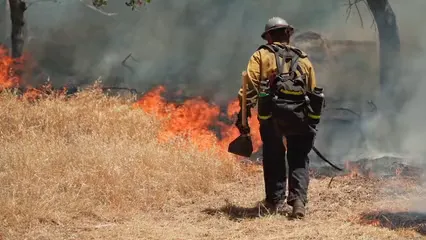
Current Restoration Initiatives
Current restoration efforts, like the Four Forest Restoration Initiative (4FRI), are reshaping Arizona’s forestry landscape. This ambitious project aims to restore over 2.4 million acres of forested land by focusing on thinning and controlled burns. The goal is to create resilient ecosystems capable of withstanding wildfires while preserving watersheds.
However, the lack of a robust logging industry poses challenges for 4FRI. Many local sawmills have closed, leading to a shortage of skilled labor and equipment. This has slowed the pace of restoration efforts, making it difficult to achieve the project’s ambitious goals.
Collaborative partnerships are essential for overcoming these obstacles. The U.S. Forest Service, non-profit organizations, and local communities are working together to ensure the restoration project succeeds. By fostering community engagement and innovative practices, stakeholders aim to revitalize the logging industry while prioritizing ecological balance.
Despite these efforts, the path forward remains uncertain. As wildfires continue to threaten Arizona’s forests, the need for effective restoration initiatives grows. Addressing logistical challenges, like the lack of infrastructure and skilled labor, will be crucial for realizing the project’s goals.
In the meantime, ongoing restoration efforts are vital for safeguarding Arizona’s forests. By focusing on ecological health and sustainable practices, initiatives like 4FRI strive to create a brighter future for both the forests and the communities that depend on them.

Future Outlook
The future of logging in Arizona is a mixed bag of potential and challenges. As fire management policies evolve, new initiatives could breathe life into the logging industry. Community involvement will play a crucial role in shaping this future. Local stakeholders, including residents and businesses, must advocate for sustainable practices that balance ecological needs with economic interests.
Recent developments indicate a possible resurgence in logging. New sawmills are opening, and training programs are being established to prepare workers for thinning projects. These efforts could help revitalize the logging industry while supporting forest restoration initiatives.
However, the road to revival is not without obstacles. Balancing environmental protection with economic growth will require collaboration among various stakeholders. The logging industry must adapt to modern ecological standards while also addressing community concerns.
As Arizona faces increasing wildfire risks, the demand for sustainable forest management will only grow. The potential for a resurgence in logging hinges on proactive measures that prioritize both environmental health and economic viability. If stakeholders can unite around a shared vision, Arizona’s forests may flourish, benefiting both nature and local communities for generations to come.
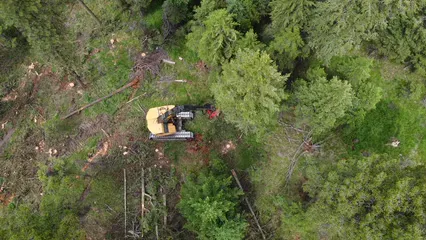
Ecological Awareness
In recent decades, ecological awareness has surged, significantly affecting public sentiment about logging in Arizona. As people became more informed about environmental issues, the once-clear-cut benefits of logging were overshadowed by concerns about ecological destruction. The mighty ponderosa pines, which once fell to saws with little thought, became symbols of a larger fight for sustainability.
Legislation like the Endangered Species Act played a pivotal role. This act specifically aimed to protect species like the Mexican spotted owl, which saw its habitat threatened by logging activities. The owl’s plight resonated with the public, and soon, environmental groups rallied to safeguard not only the bird but also the rich biodiversity of Arizona’s forests. As voices grew louder, the federal government responded with restrictions on logging in sensitive areas, culminating in the closure of many timber sales.
Public protests against logging intensified, fueled by stories of ecological harm. Activists highlighted the consequences of deforestation—soil erosion, loss of wildlife habitat, and climate change. The narrative shifted; logging transformed from a necessary economic activity to a harmful practice. The realization that old-growth forests were not just trees but complex ecosystems became a turning point in the conservation movement.
As a result, Arizona’s forests transitioned from sites of timber extraction to protected sanctuaries. The environmental movement has since worked tirelessly to preserve these natural treasures, advocating for responsible stewardship. This collective effort reflects a profound shift in societal values—one that prioritizes ecological health over economic gain.

Wildfire Risks and Management
Wildfire risks have become a pressing concern in Arizona, reshaping how forest management is approached. As climate change exacerbates drought conditions, the threat of wildfires has grown significantly. Over the years, a cycle of fire suppression led to dense, overgrown forests, creating a perfect storm for devastating wildfires.
In the past, wildfires played a natural role in maintaining forest health. They cleared underbrush, allowing sunlight to nourish the growth of diverse plant life. However, with decades of extinguishing every possible blaze, forests became overpopulated with trees. In some areas, tree density skyrocketed from around 60 to 80 trees per acre to an alarming 1,500. This overabundance of fuel has led to more intense wildfires, turning once-manageable blazes into raging infernos.
Recognizing this dire situation, officials began pivoting towards proactive fire management strategies. The focus shifted from logging for timber to thinning forests to reduce wildfire risks. Thinning involves selectively removing trees and brush, allowing the remaining vegetation to thrive while decreasing the chance of catastrophic fires. Prescribed burns, where controlled fires are intentionally set, further help manage fuel loads and promote forest health.
The impact of these changes is significant. Forest management now emphasizes creating resilient ecosystems capable of withstanding wildfires. This shift has led to a decrease in traditional logging operations, as the priority has shifted to ecological restoration rather than timber extraction. While some argue that logging could aid in forest thinning, current policies prioritize ecological health and wildfire prevention over economic interests.
The relationship between logging and wildfire management is complex. As Arizona grapples with the realities of climate change, the need for effective forest management has never been more critical. Balancing the ecological needs of forests with human interests will continue to be a challenge, but the focus remains clear: protecting communities and natural resources is paramount in this evolving landscape.
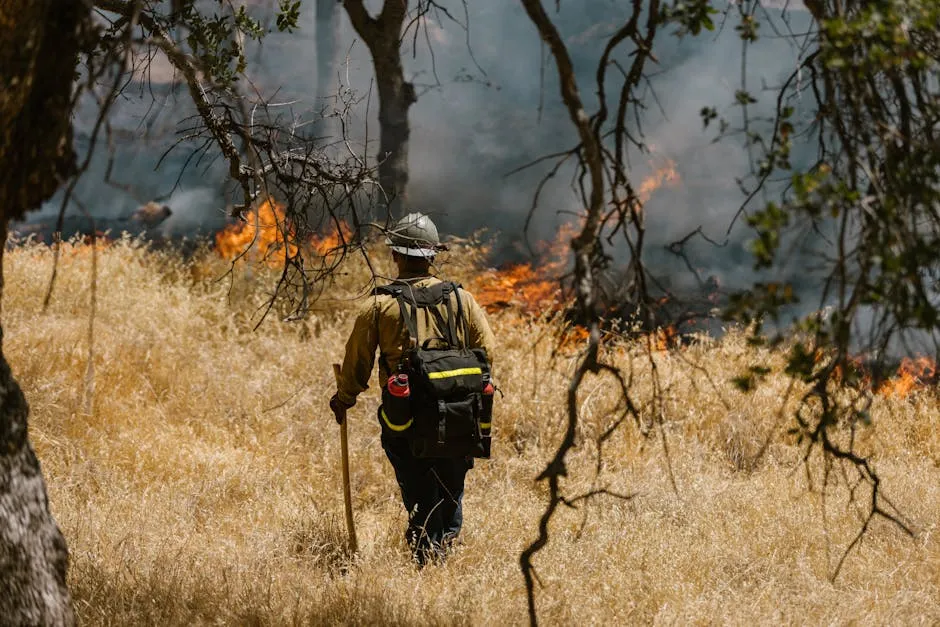
Sawmill Closures and Job Loss
The decline of the logging industry in Arizona is not only an environmental story but also an economic one. As sawmills across the state began to close, the impact on local communities was profound. Once bustling towns that thrived on the logging industry now faced bleak futures, filled with empty storefronts and job losses.
The closures stemmed from various factors. Increased environmental regulations and the push for conservation led to a significant decrease in timber sales. Former loggers like Bruce Whiting, who spent generations in the industry, lament the loss of jobs that used to support entire families. “When I started losing the battle on forest thinning, I had no choice but to close our sawmill,” he recalls. This sentiment echoes throughout the state, where many families depended on logging for their livelihoods.
The economic ramifications were severe. With fewer sawmills operational, local economies suffered. Communities that once had a thriving timber industry now struggled to find new sources of income. Personal stories from former loggers reveal the harsh realities of job loss. Many transitioned to different fields, but few found opportunities that matched the stability and satisfaction of working in the forests.
The ripple effects of these closures extended beyond individual families. Local businesses that relied on the logging industry also felt the strain. Restaurants, shops, and service providers faced dwindling customer bases as workers left the industry. The cultural fabric of these communities frayed, as logging was not just a job; it was a way of life.
Today, there is a cautious hope for revival. Initiatives like the Four Forest Restoration Initiative (4FRI) aim to address the ecological challenges while potentially reviving some logging operations. However, the path forward is steep. The future of logging in Arizona hinges on finding a balance between conservation and community needs, a task that requires collaboration and innovative solutions.

Competition and Market Changes
Logging in Arizona once flourished, but economic shifts changed the landscape. Over time, competition from other regions with more economically viable logging operations began to take center stage. States like Oregon and Washington offered timber at lower costs, luring away potential contracts and customers. Arizona’s loggers found themselves competing against larger, more established companies that could afford to sell timber at prices Arizona loggers simply couldn’t match.
The decline of sawmills in Arizona further complicated matters. Many local operations shut down due to the inability to secure enough timber sales, driven largely by environmental regulations. For instance, federal laws protecting endangered species, such as the Mexican spotted owl, restricted logging in crucial areas. This limited the availability of timber and placed additional financial strain on local sawmills, making it challenging for them to remain competitive. Bruce Whiting, a former sawmill operator, shared his frustrations about how environmental groups effectively blocked timber sales, resulting in the closure of his family’s sawmill. He lamented the lost jobs and the ripple effects on the community.
As competition intensified, the market dynamics shifted dramatically. The logging industry in Arizona couldn’t keep pace with the rising costs of operation and the shrinking profit margins. Loggers faced increasing expenses, including equipment maintenance and labor, while revenues diminished. The once-thriving market turned into a battleground where local operations struggled to survive. Many loggers were forced to pivot, sometimes leaving the industry altogether, while others sought work in different sectors, leading to significant job losses in rural communities.
This decline in logging had broader economic impacts, too. Local businesses that depended on the logging industry for revenue also felt the pinch as fewer loggers translated to fewer customers. Restaurants, shops, and service providers in logging towns began to see diminishing foot traffic, leading to closures and further economic downturns. The interconnectedness of the logging industry and local economies became painfully clear, highlighting the impact of market changes on the fabric of Arizona communities.
The response to these market shifts has been mixed. While some have turned towards restoration initiatives like the Four Forest Restoration Initiative (4FRI), which aims to restore forest health through thinning projects, the lack of a robust logging presence poses challenges for implementation. Without enough skilled workers and operational sawmills, the goals of these initiatives often fall short. As the competitive landscape continues to evolve, the future of logging in Arizona remains uncertain, with a pressing need for innovative approaches to revive the industry while balancing ecological concerns.

FAQs
What are the main reasons logging stopped in Arizona?
A combination of environmental concerns, legal challenges, and economic factors led to the decline of logging operations.
How has forest management changed in Arizona?
The focus has shifted towards fire prevention and ecological restoration, often replacing traditional logging practices.
Are there any current logging operations in Arizona?
While large-scale logging has decreased, selective logging and forest restoration initiatives are ongoing.
What is the Four Forest Restoration Initiative?
A project aimed at restoring over 2.4 million acres of forest through thinning and controlled burns to reduce wildfire risks.
Can the logging industry return to Arizona?
There is potential for revival, but it depends on balancing environmental sustainability with economic viability.
Please let us know what you think about our content by leaving a comment down below!
And while you’re at it, make your outdoor experiences even better with a Camping Hammock. Perfect for lounging while enjoying nature’s beauty! Thank you for reading till here 🙂
All images from Pexels




